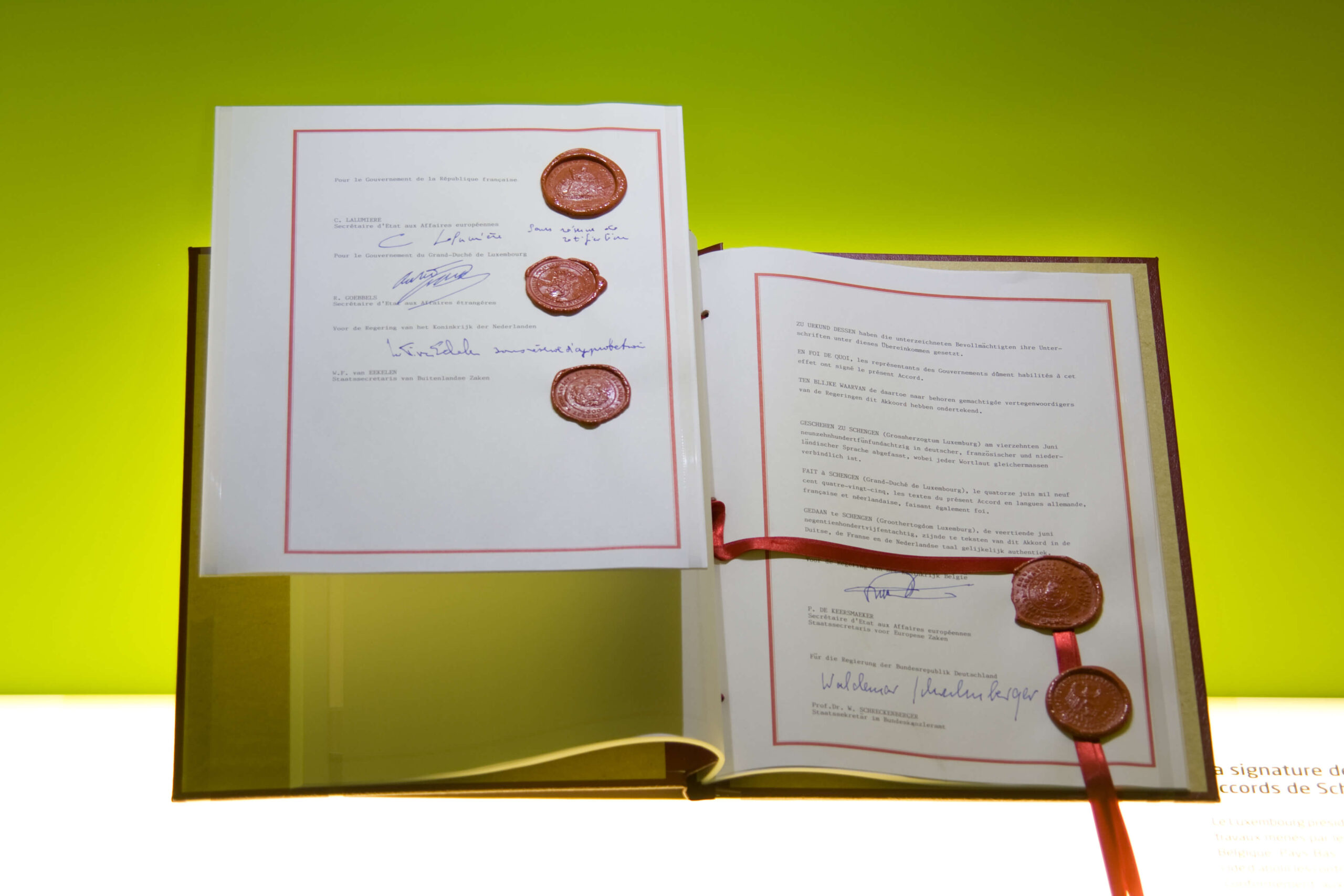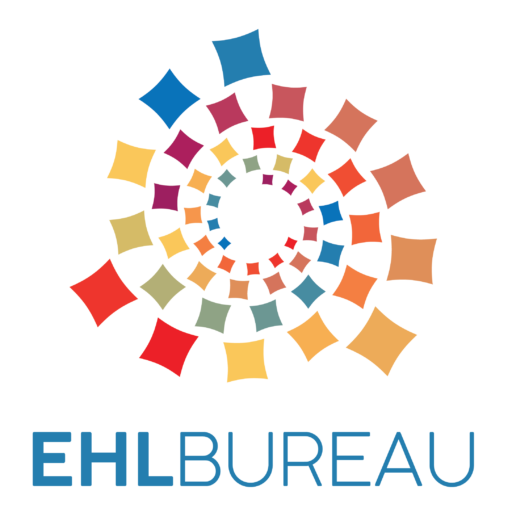This website uses cookies so that we can provide you with the best user experience possible. Cookie information is stored in your browser and performs functions such as recognising you when you return to our website and helping our team to understand which sections of the website you find most interesting and useful.
Village of Schengen


The EHL Site
The village of Schengen is a small Luxembourgish village in the border triangle of Germany, France, and Luxembourg. It is the place where the Schengen Agreement was signed in 1985.
The site that commemorates this is close to the Moselle River which is also the border to Germany and France and offers a lot of monuments and sculptures that visualise and explain the idea of open borders. The European Centre was initiated by the Commune of Schengen and it neighbouring municipalities in 2004 because of the growing interest of people, mostly tourists, to come and visit the site, the building was inaugurated in 2005. This is also when the association that manages the site was founded.
In 2010 a museum was installed in the building where more than 40 000 people are welcomed every year. The small museum offers information for individual visitors about the history of the EU (development since 1950) and the Schengen Agreement with all its elements (SIS, Frontex, Schengen Visa etc) and its impact on our everyday lives. One of the activities of the association is the organisation of guided tours and pedagogical programmes for the public (group activities).
The Centre Européen Schengen is co-financed by the Luxembourgish Ministry of Economy (DG tourism), the Ministry of Foreign and European Affairs and the Municipality of Schengen.
European dimension
As the Schengen Agreement was signed in the village of Schengen, today “Schengen” is a synonym for open borders in Europe. It guarantees free movement of goods and people between the participating countries and was put into practice in 1995. It makes European integration tangible and is one of its utmost important features – the key to bring people closer together and to understand each other.
Open borders are one of the most important elements to European integration. The signing of the Schengen Agreement was the first step in this direction. Today almost every EU country, except for Ireland, Bulgaria, Romania, and Cyprus, and several non-EU countries such as Iceland, Norway, Switzerland and Liechtenstein are part of the “so-called” Schengen Area.
The organization
The non-profit organisation “Centre Européen Schengen ASBL” is managing the site since its creation in 2004. The site consists of the Tourist Information Office which is located on a pontoon on the River Moselle, a museum (Musée Européen Schengen) and a EUROPE DIRECT information centre, both located in the same building. The mission is on the one hand the promotion of the Moselle region as well as the Grand-Duchy in general, on the other hand the information about the idea of open borders and its impact on our lives.
